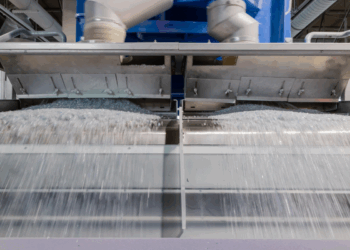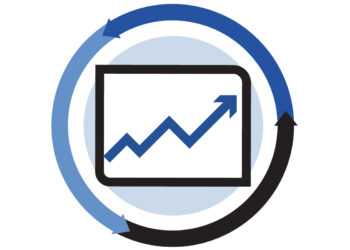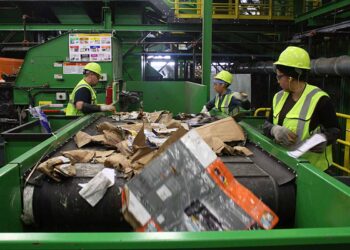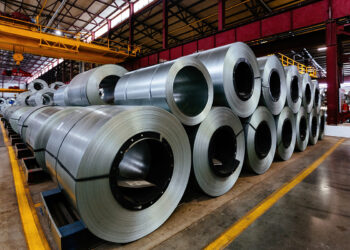Prices for PET and natural HDPE have been relatively flat lately, with more movement seen in color HDPE and PP.
The national average price of post-consumer PET beverage bottles and jars has dropped from 15.29 cents per pound this time last month to the current average trading price of 15.03 cents per pound. This time last year, PET was trading at an average 17.00 cents per pound.
The price of post-consumer natural high-density polyethylene (HDPE) is now 20.47 cents per pound, compared to 20.72 cents this time last month. One year ago, the national average for this grade was 38.81 cents per pound. By comparison, highs of 52.69 cents per pound occurred in October 2014.
Meanwhile, the national average price of color HDPE dropped slightly over the past month, now trading at 11.28 cents per pound. Last month, the national average was 12.91 cents per pound. One year ago, this grade was trading at 14.63 cents per pound.
The average price of post-consumer polypropylene is now 12.44 cents per pound, up slightly from 12.25 cents per pound last month.
The national average price of commingled Nos. 1-7 post-consumer materials remains low, still trading at 2.19 cents per pound.
The national average price of Grade A film is down over the last month, trading around 9.00 cents per pound, compared with 11.06 cents per pound last month. This grade traded at 11.72 cents per pound one year ago.
Grade B film remains constant at 4.31 cents per pound.
Grade C film is still trading at a nominal 1.38 cents per pound.
These prices are as reported on the Secondary Materials Pricing (SMP) Index. This pricing represents what is being paid for post-consumer recyclable materials in a sorted, baled format, picked up at most major recycling centers.
For a free trial to SMP’s Online Post-Consumer Pricing Index, visit the Recycling Markets website. You can also contact Christina Boulanger-Bosley at [email protected] or 330-956-8911.


























